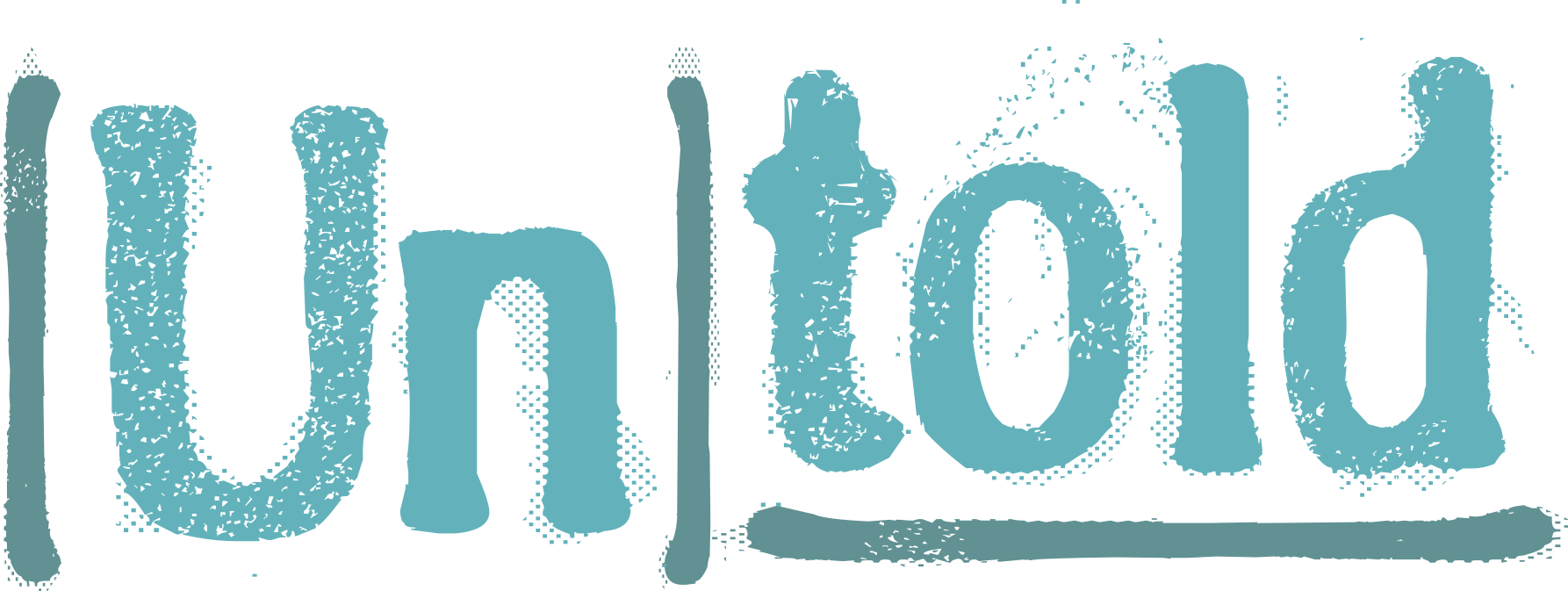We’re embarking on a three-part series exploration into How to Read Your Audience’s Mind. Check outPart 1if you’re new to the series!
Now that you know the basics ofmodality analysisand how to use it to “read your audience’s mind,” let’s see this strategy in action.
Modality Analysis in Action
Imagine you’re asked to write a white paper that describes a new and innovative process for scheduling patient appointments. Your collaborator is a health systems engineer, who designed this process using her technical expertise in online scheduling platforms and now needs to communicate the process to other engineers in her health system. As she describes the process to you using acronyms and computer “code speak,” it’s as if she were walking you through the visual interfaces of the platform.
As a trained analyzer of modalities, you now recognize that she–and most likely the other engineers you’re writing for–is a visual learner who may benefit from detailed visual descriptions that paint vivid pictures of the software. Knowing this, you plan to incorporate screenshots or other visual representations into the white paper to help support your audience as they learn about the new process.
Listening further, you notice that your engineer-collaborator also uses modal auxiliary verbs like “can” and “could”–aka “qualifiers” in grammar-nerd speak–when articulating the potential impacts of the new process. Noticing her deference, you ask how this new technology will be received by the other engineers. She explains that she’s nervous about “stepping on the toes” of the computer engineers who designed the scheduling platform. Good to know. Now you can craft more diplomatic language when introducing the process. You should avoid strong language indicating that her new process is the best thing since sliced bread. Instead, you’ll be sure to praise the current software and introduce the new process as an innovative expansion of that already important technology. Hedging. Contextualizing. Ensuring that no one gets pissed off. These are the some of the beneficial effects of modality analysis.
How to Do Modality Analysis
Here are some practical ways you can practice modality analysis:
- Listen for and create a list of the visual, auditory, and kinesthetic sensory modes that appear in writing or come up in conversation with your audience.
- Determine which sensory mode is dominant among your audience.
- Brainstorm communication approaches that appeal to your audience’s dominant sensory mode.
- Listen to your audience’s use of modal auxiliary verbs and determine which ones are used.
- Ask probing questions about why the speaker or writer is using those modals. What does their modal usage tell you about their stance or feelings on the topic? Its history? The political climate it lives within?

